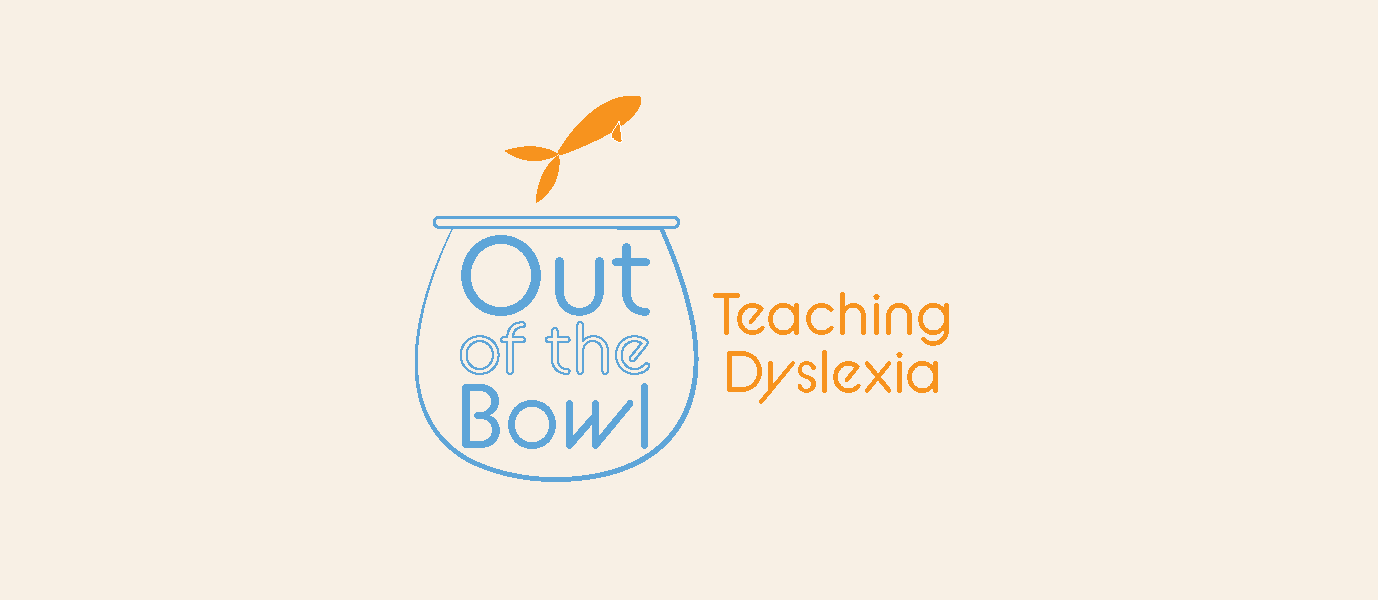Out of the Bowl

The Problem
For many students growing up with dyslexia caused them to doubt their intelligence and ability to do well in school. This causes students to have lower self esteem which leads to more issues down the road with their academic performance. Students that struggle with dyslexia often feel embarrassed that they can’t keep up with their other classmates or that they might struggle with things that appear simple to other students. I was diagnosed dyslexia when I was in Kindergarten and I often struggled with self esteem stemming from my dyslexia. I want to help other individuals with dyslexia see that they are intelligent and should be confident in themselves.
“How can I help Ohio elementary school teachers mitigate student self-esteem issues they face due to dyslexia?”
Success Statement
By improving the way teachers present information to be more inclusive for dyslexic students it will help these students be more successful in school and improve their self esteem.
Target Audience
Ohio Elementary Teachers (kindergarten – sixth) who graduated before 2020.
Research
I conducted three methods of research; expert subject matter interviews, content analysis, and a literally analysis. My goal for my interviews was to get the perspectives of what is currently going on in the world of dyslexia and see what is currently happening with the education standard for future teachers. For my content analysis I wanted to gain further information on what current teachers general knowledge of. dyslexia is and what is being done to support dyslexic students. My literally analysis I wanted to find more information of what could be done to further support dyslexic students.
Primary Research
For my expert interviews I spoke two dyslexic experts Holly Simon and Michelle Cosmah.
Holly Simon
Holly is a dyslexic intervention specialist at Ottawa Hills Elementary School in Toledo Ohio. Since she is currently working with elementary students she told me the changes in the in school programs at schools and the standards for current teachers to become an educator has changed. She also informed me that the process of becoming a dyslexic expert can take years and requires a lot of time outside of school which many teachers are either not willing to do or don’t have the time.
Michelle Cosmah
Michelle is a clinical professor at Miami university. She works with future students of education who are working to become a teacher. She told me about the current changes in the education of future teachers including the new law enacted that requires more education on supporting dyslexic students.
Main Insights
- Standards of education for future teachers has changed
- The time is takes to become a dyslexic expert can take years and requires a lot of outside work
- Teachers might not be willing to go this in depth to learn about dyslexia or they don’t have the time to do so
For my content analysis I joined a Facebook group called Teachers for Dyslexia which is a group that allows for members to find resources to improve their methods of teaching to dyslexia.
Main Insights
- There is a lot of misunderstanding when it comes to dyslexia
- Many people are just uninformed about how to approach teaching to dyslexic students
Secondary Research
For my literally analysis I used scholarly articles, books and videos to learn more techniques and tactics to support dyslexic students. This is the bulk of the information that filled the content of my design solution. From this research I found that changing the manner in which you display your information for example using larger font size and even changing your font to comic sans which is proven to help with comprehension amongst dyslexic students.
Design Process + Testing
For my design solution I originally wanted to do a subscription box that would have a handbook about dyslexia and then some other teaching elements that could be used during class. After talking with other students during critiques they told be that something that is more accessible would be better so that anyone could get the information without having to pay for the subscription. So after further conversation and brainstorming I found that a website would be the best way to reach my target audience.
After deciding to do a website I looked at other websites to gain inspiration on how to create an engaging platform. Through my research that their was a lot of misunderstandings of dyslexia, so I decided I wanted to create a landing page that forces users to look through before they get to the rest of the site. The landing page includes a demonstration of what its like to experience dyslexia and then the rest of the landing includes basic information about dyslexia.
The rest of the site leads to a traditional website that includes the techniques and tactics that the teachers can do to improve their methods of teaching to dyslexic students. I have a page that provides information on how to present information, how to support students emotionally, interactive learning activities to support comprehension, and famous dyslexics.
For my user testing I put my website in the Facebook group to get some feedback from my target audience, I got ten responses. I also asked two students for some additional feedback. Due to time constraints I was not able to implement feedback. From my testing I got three main takeaways. Including more visual elements, if it’s photos, or drawings to keep visual interest. Adding some visual examples of some of the tactics I recommended to show what it would look like if it was actually implemented. The last takeaway I got was that I should include a section for people to learn more about the process of getting a student tested for dyslexia and what signs to look for.
Design Solution
Engage with Out of the Bowl interface here
https://xd.adobe.com/view/071f21cd-8917-4f40-a128-0b374165b08f-524c/?fullscreen